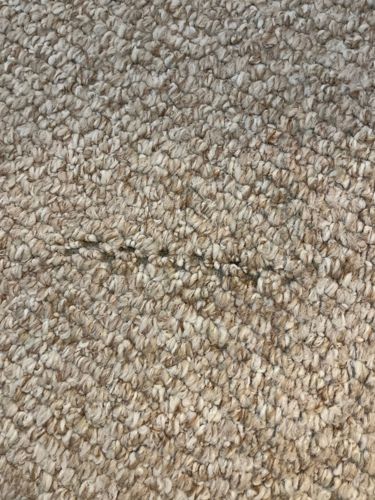Varied Carpet Beetle
Scientific Name: Anthrenus verbasci
Order & Family: Order: Coleoptera, Family: Dermestidae
Size: Adults typically range from 2-3 mm (0.08-0.12 inches) in length. Larvae can be up to 5 mm (0.2 inches) long.

Natural Habitat
Varied carpet beetles are commonly found indoors in homes, museums, warehouses, and other buildings. They prefer dark, undisturbed areas such as under carpets, in closets, within upholstered furniture, and around baseboards where lint, hair, and other suitable food sources accumulate. Outdoors, adults can be found on flowering plants, feeding on pollen.
Diet & Feeding
Larvae of varied carpet beetles feed on a wide variety of animal products and natural fibers. This includes wool, silk, feathers, fur, leather, museum specimens (dried insects, animal remains), dried pet food, and even lint and hair accumulated in neglected areas.
Behavior Patterns
Adult female carpet beetles lay eggs in dark, undisturbed areas where larval food sources are abundant, such as in carpets, rugs, fabrics, and lint accumulations. Larvae are the damaging stage, feeding on natural fibers and animal products. They prefer dark, undisturbed areas and can be found under furniture, in closets, or along baseboards. They undergo several molts before pupating. The entire life cycle can take anywhere from a few months to a year or more depending on environmental conditions and food availability. Adults are typically found near windows as they are attracted to light.
Risks & Benefits
Potential Risks: Varied carpet beetles are significant household pests, causing damage to carpets, rugs, clothing (especially wool and silk), upholstered furniture, and museum collections. They can destroy natural fiber items and contaminate food products. While they do not bite or sting humans, some people may experience skin irritation or allergic reactions due to contact with larval hairs. Potential Benefits: In some ecosystems, dermestid beetles can play a role in decomposition, especially of animal carcasses. However, this is rarely observed in a domestic context.
Identified on: 8/11/2025